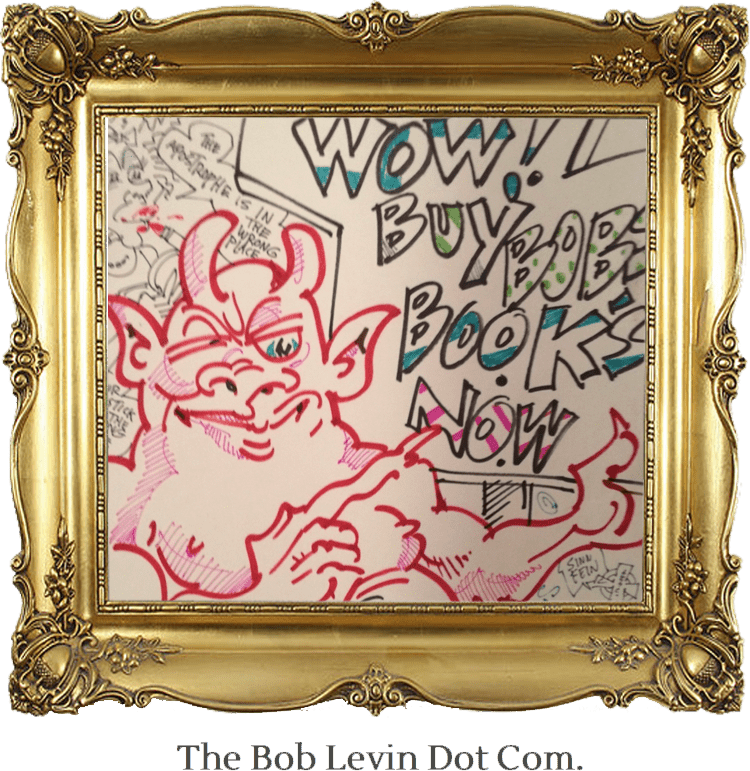My article, “Creating Dangerously,” about the fine artist/UG cartoonist Guy Colwell is in the latest issue (#2) of FULL BLEED magazine. It begins:
On Thursday, May 20, 2004, readers of the San Francisco Examiner learned that, two days earlier, Lori Capobianco Haigh, the owner of a one-room art gallery in North Beach, a neighborhood that even within that proudly liberal city had long been known for its tolerance of dissent, had found the entrance littered with broken glass, smashed eggs, and the contents of several trash cans. This defacement had apparently been in response to the gallery’s display of a thirty-nine-by-thirty-inch acrylic-on-canvas painting entitled “The Abuse.”
Haigh, was thirty-nine. She was a twice-divorced mother of two children, aged fourteen and four. She had opened her Capobianco Gallery, on Powell, near Columbus, across from a Catholic elementary school, a year-and-a-half before. Since May 1, she had been showing the work of Guy Colwell, a fifty-nine-year-old, white bearded, round-faced Berkeley resident, whom the media would characterize as an “established artist… (of) realistic and quasi-abstract oils, known for their keen social observation and technical proficiency.” (He had also, it would point out, served seventeen months in federal prison for draft resistance during the Vietnam War and authored Inner City Romance (1972 – 78), a five-issue underground comic about drugs, revolution, prison and the ghetto.)
The story of the torture of Iraqi prisoners by American soldiers at Abu Ghraib prison had broken on April 29. On May 16, Colwell had placed his newly completed work in the Capobianco’s front window. It depicted three frontally nude males standing on over-turned buckets, their faces covered by hoods and electricity-conducting wires running to their fingers and toes. Two soldiers stand in the foreground, gloating. One holds an electrically charged baton. In the doorway, another soldier leads a blindfolded and handcuffed woman into the room. The painting is entirely grey and black and white, except for the red American flag patches on the upper arm of the two dominant soldiers and drops of blood on one of the soldiers and running down the chest of one of the nude men.
